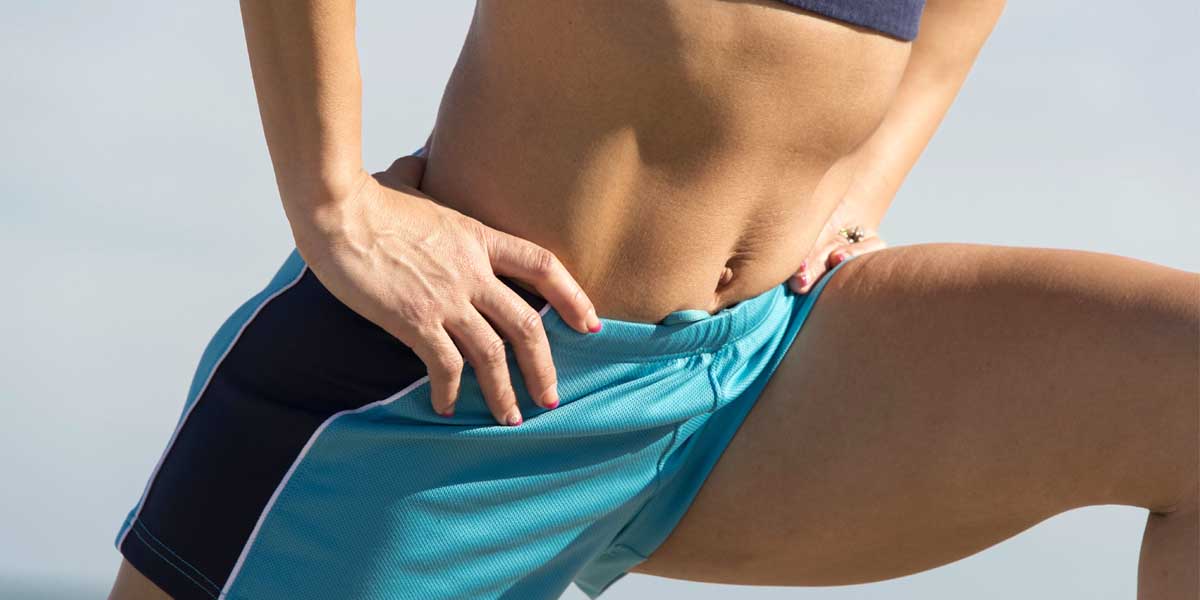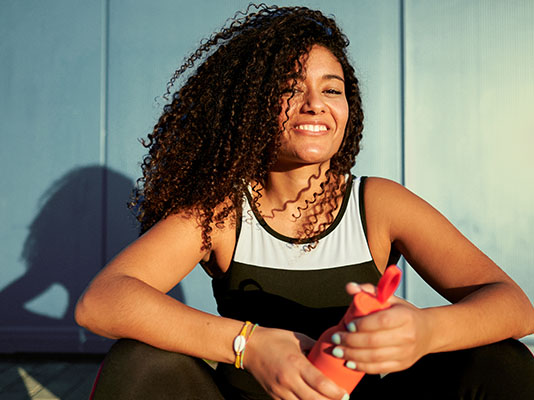There is no cure for type 2 diabetes, but it is possible for some people to put it into remission. Here’s what you need to know.
Build your core strength to help prevent back pain
Pilates and other exercises that strengthen your core muscles can help alleviate back pain, improve your balance and help prevent falls.

Core strength. We know it’s important. But it’s only when we get a nasty wake-up call that many of us actually do something to make these muscles through our middle stronger.
At least, that was my experience. I’m relatively fit, not overweight and cycle a good deal in the warm months. But last winter, I hadn't been making a ton of effort to get into a regular off-season exercise routine, apart from lots of walking. Then one morning, I woke up with a painful lower back and right leg – my first experience with sciatic nerve pain. I could barely walk. My doctor recommended daily physiotherapy for a week and I took that advice; fortunately my supplemental health insurance covered most of it.
The physiotherapist told me that stronger core muscles (which include not only the abdominals but also the back, gluteal and pelvic muscles) would help give my spine and bones some relief, and could even prevent further injury now and falls as I get older. And that’s significant protection: Statistics Canada says that every year about one in three seniors is likely to fall at least once. In 2010, more than 1.6 million seniors fell at least once, and 85% were hospitalized as a result of a fall-related injury. Furthermore, according to the advocacy group CARP (formerly known as the Canadian Association of Retired Persons), over one-third of seniors hospitalized as a result of a fall wind up in long-term care, thereby losing much of their independence. This is not the future I desire.
According to the Ontario Injury Prevention Resource Centre, one of the four keys to preventing falls is to be active and keep your muscles and bones in good condition. And my physiotherapist emphasized that strong core muscles ensure better balance. So I resolved to do what I can, while I’m still in my late 40s, and start a core-strengthening regimen now that I hope would ease me into, and through, old age.
Enter Pilates. I’d heard about it over the years, and my physiotherapist recommended it highly. Pilates is a system of exercises (done either with special equipment or simply on a mat) that focuses on total strength training while at the same time maintaining the body’s flexibility. I found a place with a great reputation in downtown Toronto, and signed up for a few private lessons so that I would know (a) how to do basic Pilates moves in a group class, and (b) how to tailor the exercises to my body and not worsen my condition before my sensitive back fully healed. While everyone is different, in my case I had to avoid doing extensions.
That was about five months ago; today, I feel I can’t do without Pilates in my life. I’ve been taking two to three classes a week. The hourly sessions are done either on a mat, with hand weights and/or a balance ball, or on a special apparatus called a reformer, which incorporates pulleys for the hands and feet – those classes are my favourites! The moves are hard to describe in words, but easy to follow in a class. They almost always test your balance, and of course, you need to use your core muscles for balance. So it’s amazing how quickly those muscles start working for you.
Of course, Pilates isn’t the only way to strengthen core muscles. You can sit on a balance ball, stand on a balance board or try a wall crunch, modified plank or bridge, as described by the Mayo Clinic.
I was lucky that my wakeup call with back pain wasn’t worse, and that I was able to deal with it through physiotherapy and exercise … and even get a handle on how to help avoid falls when I’m a senior.


